$10,000 GOLDEN TICKET RAFFLE - UPDATED FOR 2023/24
I'm all about helping out local and regional nonprofits. They're doing great work and have some amazing donors, but sometimes they struggle to snag those high-value items for their events. Like, their biggest item might be this amazing trip that's worth like $2,500 (although it's gonna sell for way more in the auction, trust me). So, that's where the Golden Ticket comes in – it's like a game-changer for these organizations.
Here's the scoop: even if they "lose" one of their live auction items to the Golden Ticket winner, the money they rake in from selling Golden Tickets ends up being way more than what they'd make from that item in the auction. And here's the crazy part – about half the time, the lucky Golden Ticket winner actually donates their prize back to the auction, and that's like an extra dose of awesomeness because people can be seriously awesome sometimes.
Now, you might be wondering who's gonna hit the jackpot with this game, right? Well, if you're running a smaller to medium-sized event with like 250 to 999 folks, and your live auction items are all under 5K, then this game's your jam. And don't forget the big galas with over a thousand peeps – they can totally cash in on this too, 'cause they've got a bigger crowd to sell tickets to.
But hey, not every party's a match. If you've got fewer than 500 party animals and you're offering some crazy high-ticket items over 5K, you might wanna pass on the Golden Ticket. It's all about making sure you're gonna make more moolah from ticket sales than what your fanciest live auction item is worth.
Now, let's talk about what you need to get in on the action. First off, you'll want a bunch of those raffle tickets, obviously. And you need a crew of lively volunteers who can charm the socks off anyone to sell those tickets like there's no tomorrow.
Here's how you rock the Golden Ticket:
- Set a money goal: Figure out how much you wanna rake in from this game. Make sure it's at least as much as your priciest live auction item, so you don't end up in the red.
- Ticket math: Decide how many tickets you'll sling and how much they'll cost. If you're hosting a bash for 1,000, you could go for a hundred tickets at a hundred bucks each to hit that 10K goal. But hey, you could get clever and go for like 200 tickets at 50 bucks a pop or just 50 tickets at 200 each. You do you.
- The sales hustle: Get your smooth-talking, outgoing pals on board to sell those tickets like pros. And make sure they're a blast to be around – 'cause, you know, fun vibes attract big spenders.
- The big moment: So, right before the live auction kicks off, it's time to reveal the Golden Ticket winner. Picture this: the crowd's all buzzing, the raffle tickets are up on stage, and someone cool (maybe the auctioneer) pulls out the winning ticket. It's like the ultimate "Who's gonna win?!" moment.
- The winning move: The lucky winner gets to make a choice – nab one of the live auction prizes or be a total superstar and give it back to be re-auctioned. And remember, it's always best to give them that choice before announcing the winner. No pressure, just good vibes.
- Party on: Once the winner's made their move, make a big deal about it – congrats, cheers, and all that jazz. And, of course, make sure that item's not gonna show up in the live auction – it's all about keeping the Golden Ticket special.


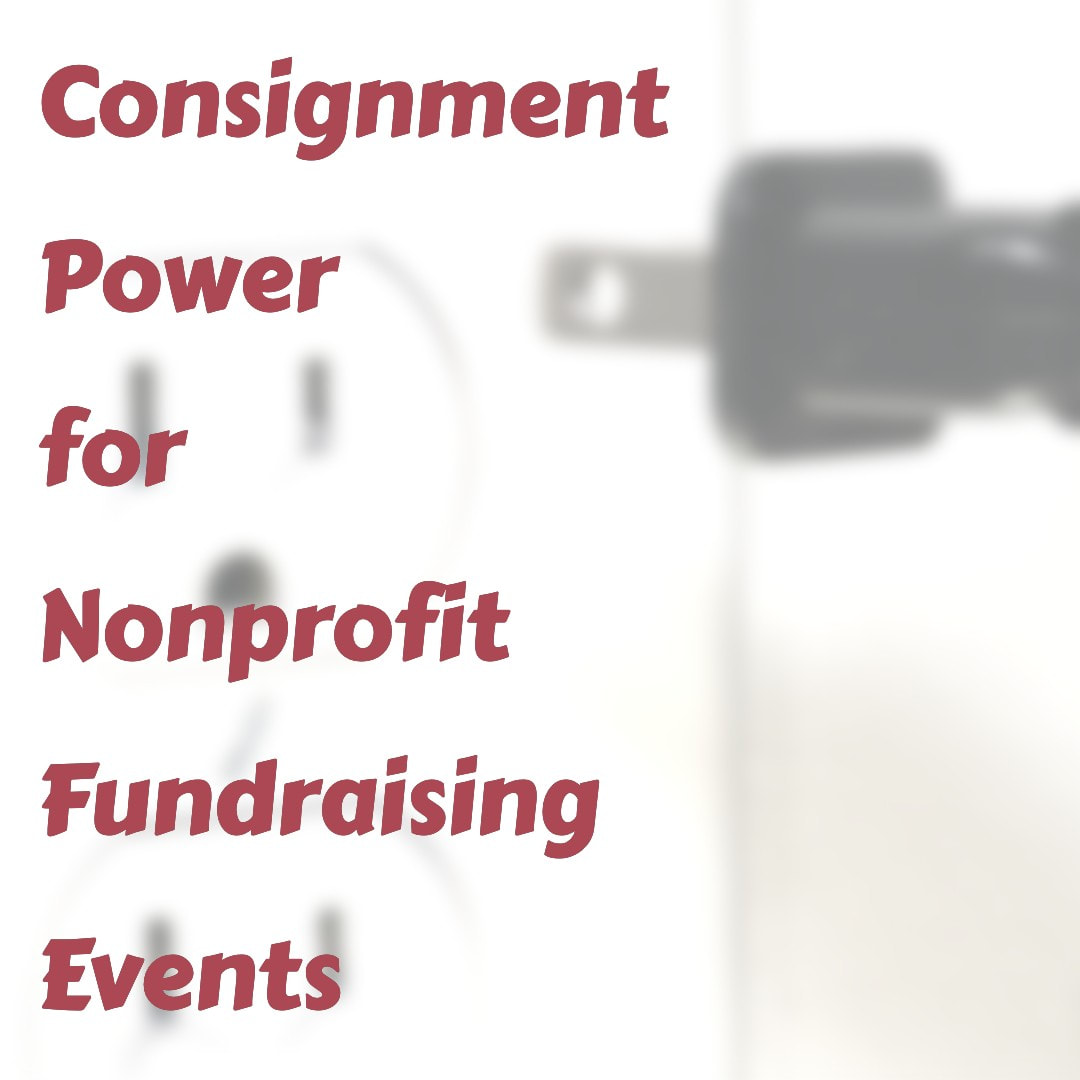
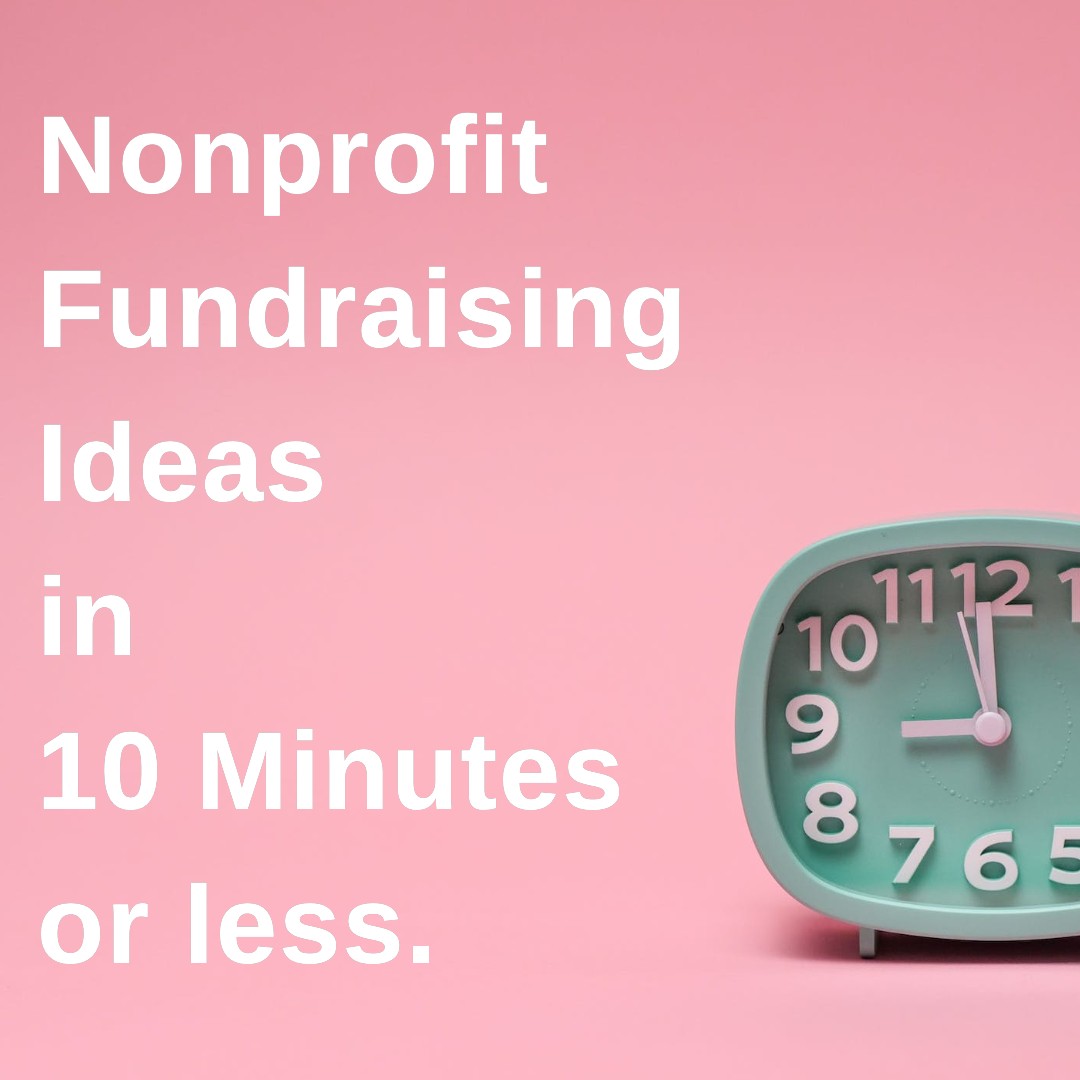
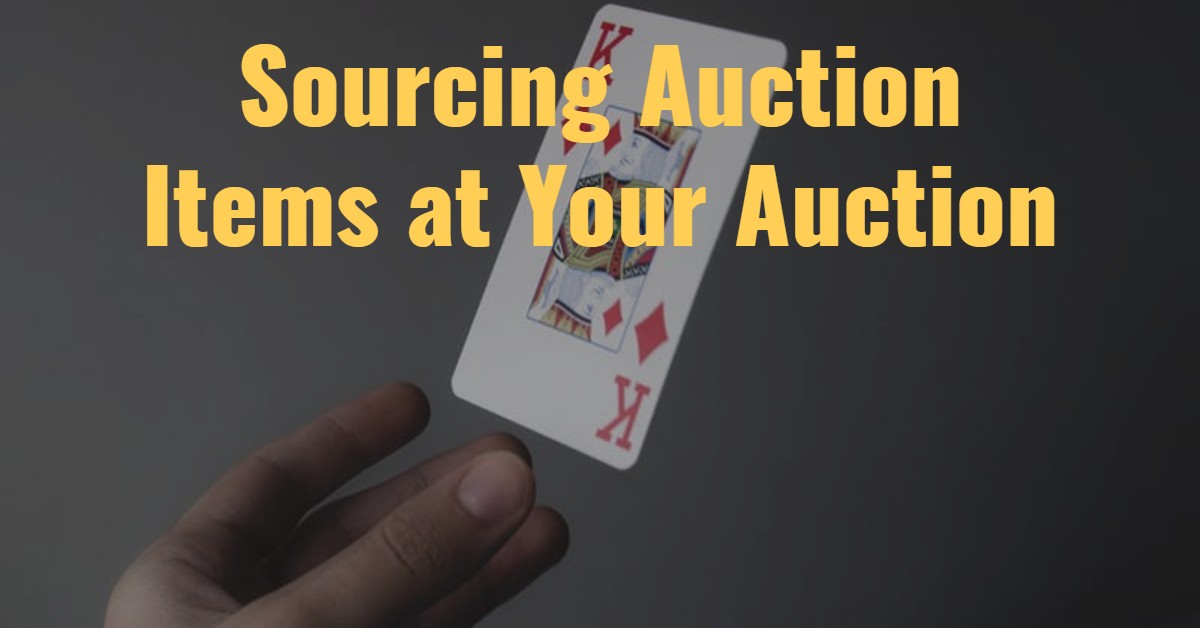

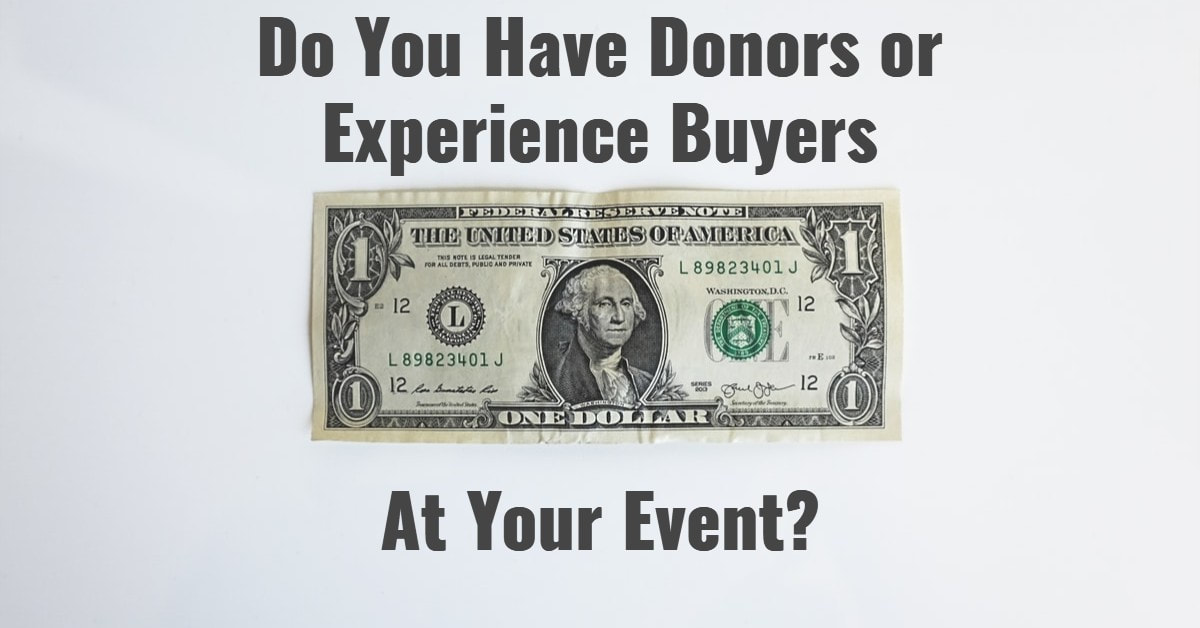
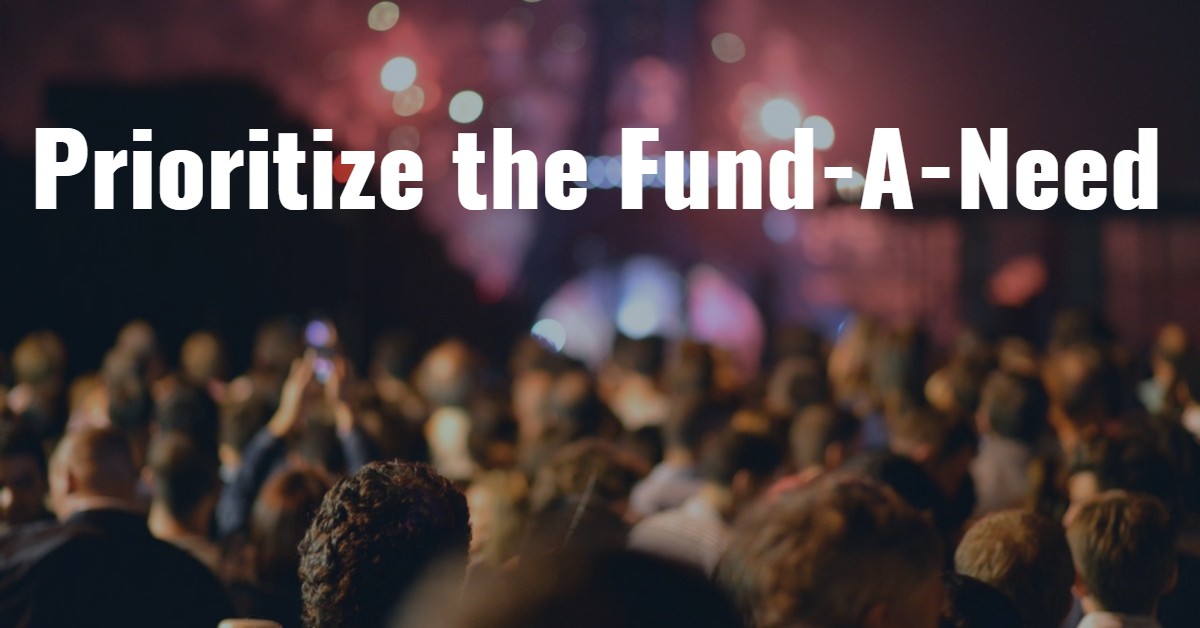


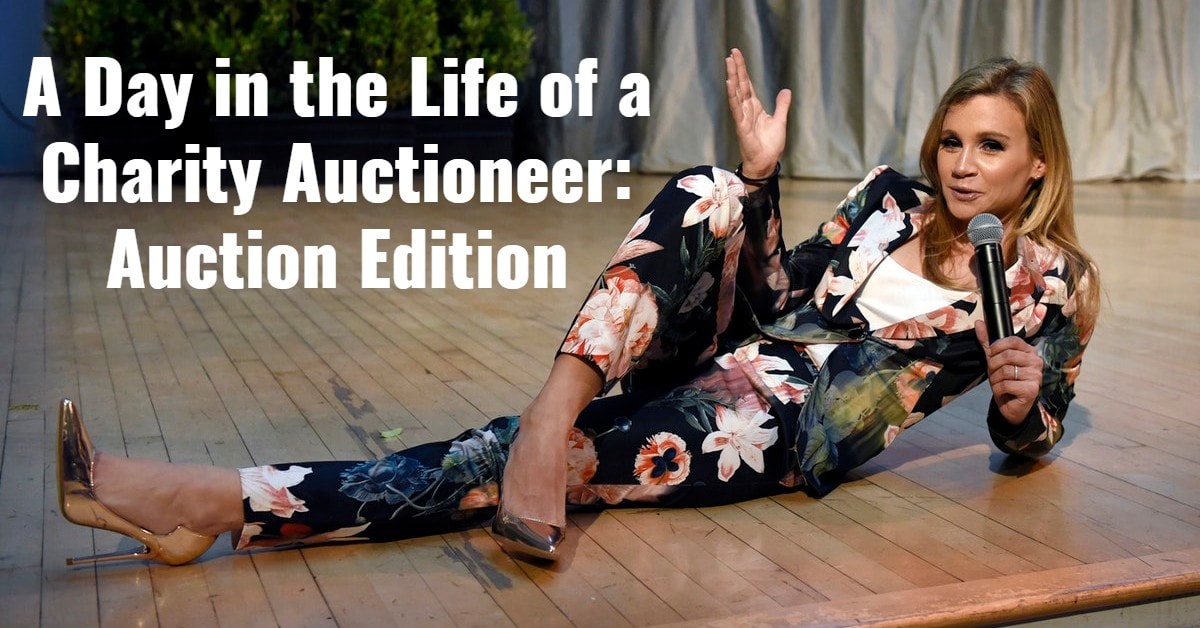
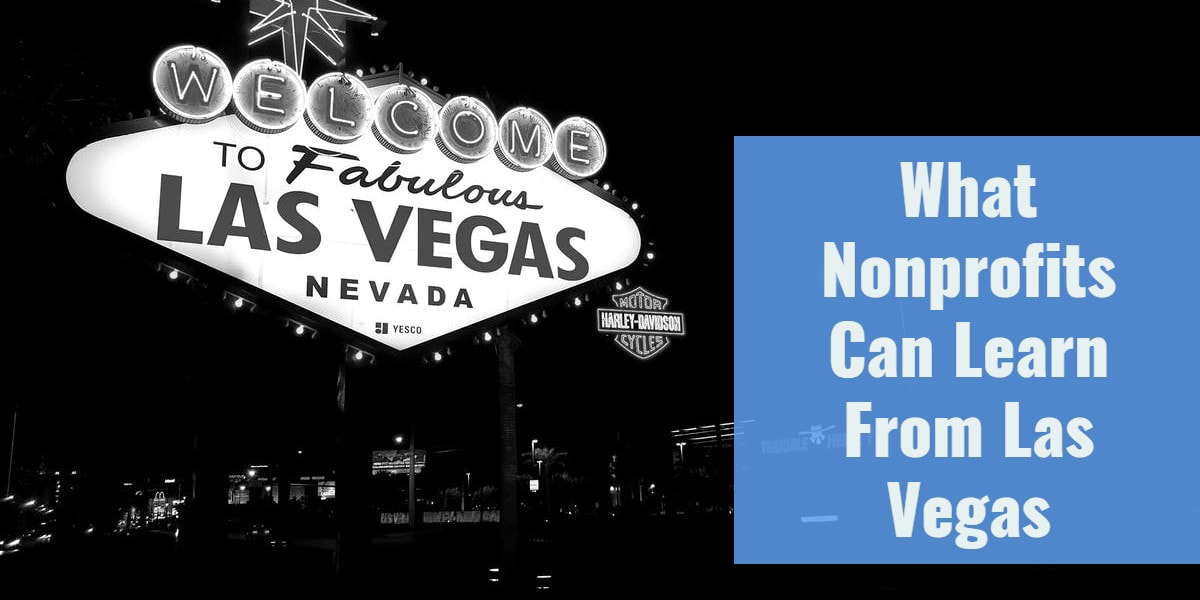

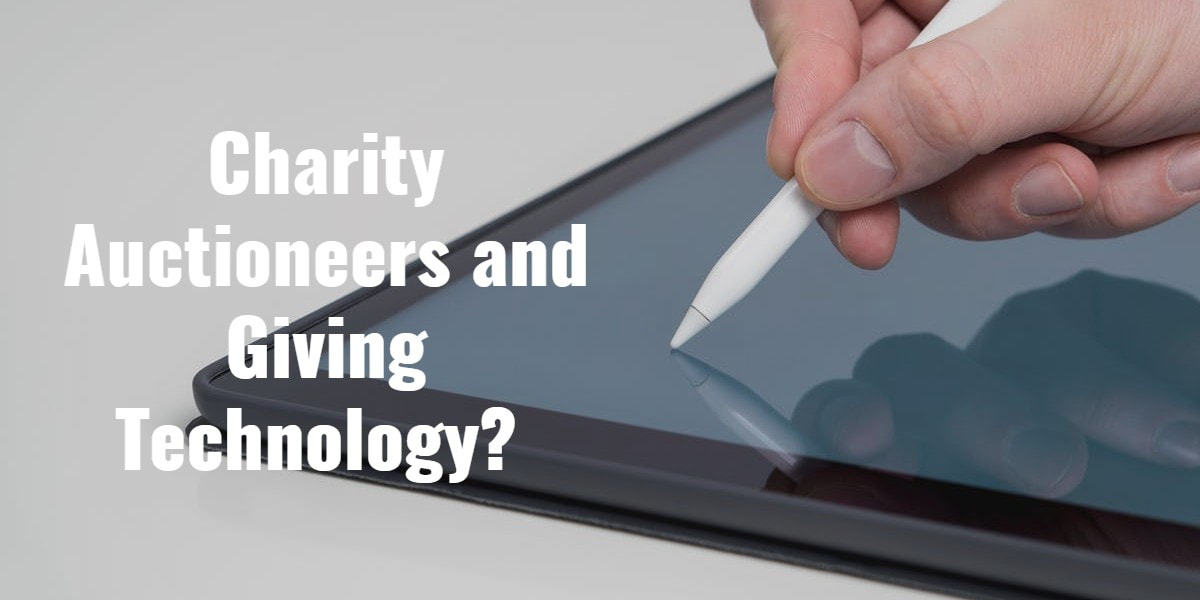
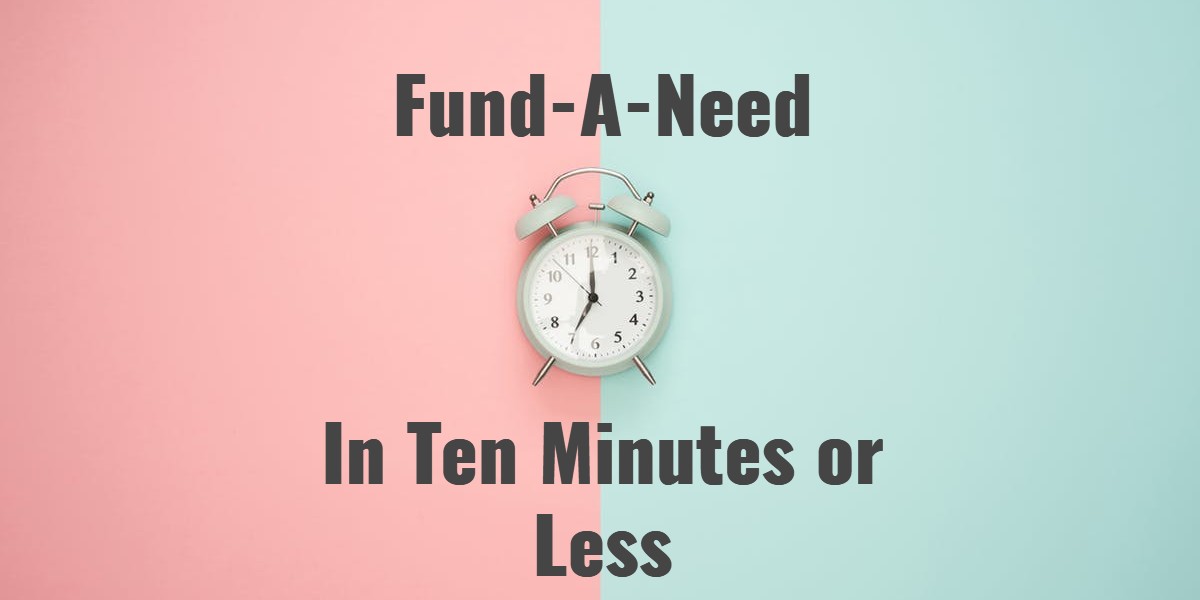

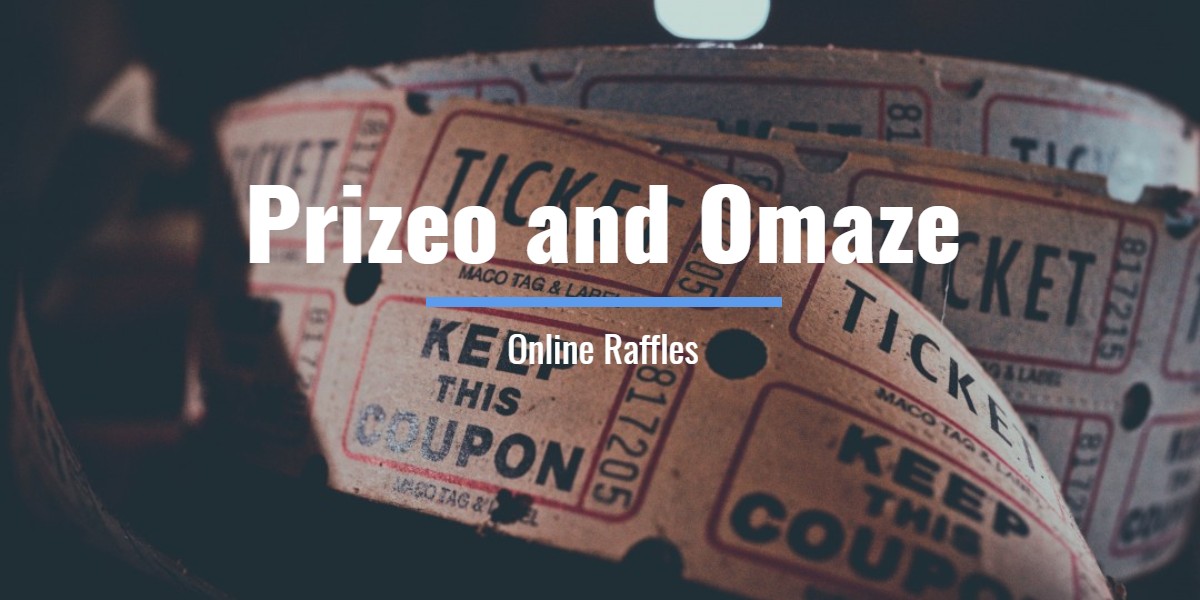
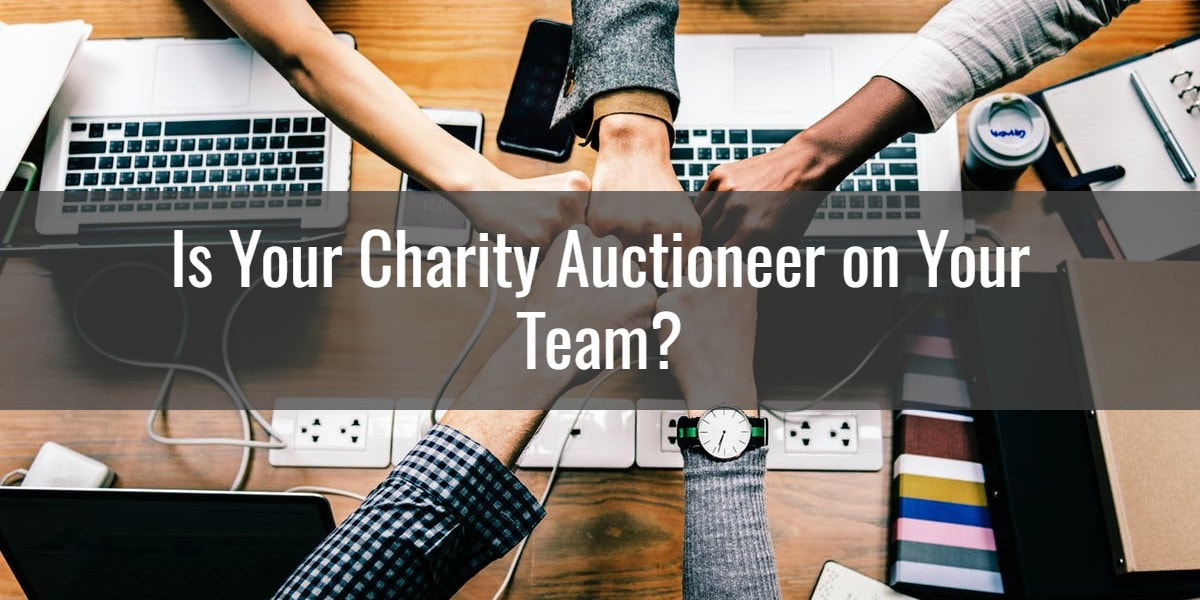







 RSS Feed
RSS Feed